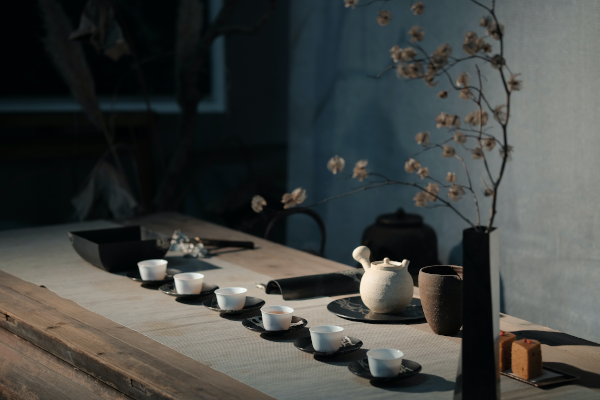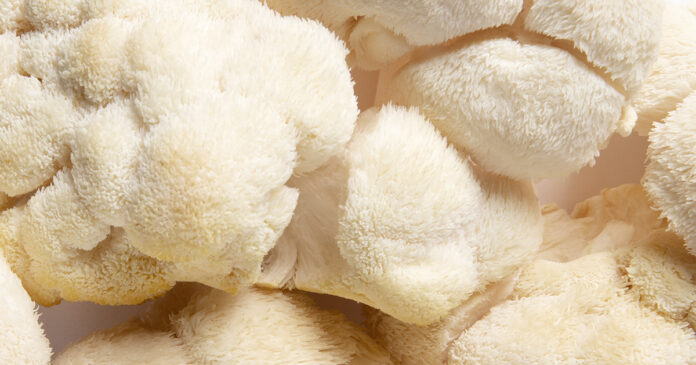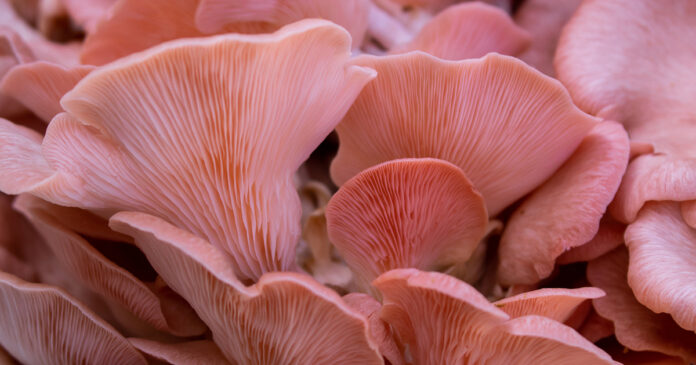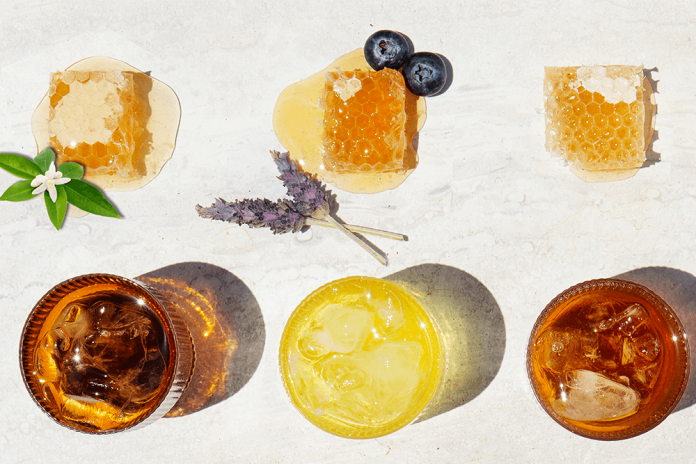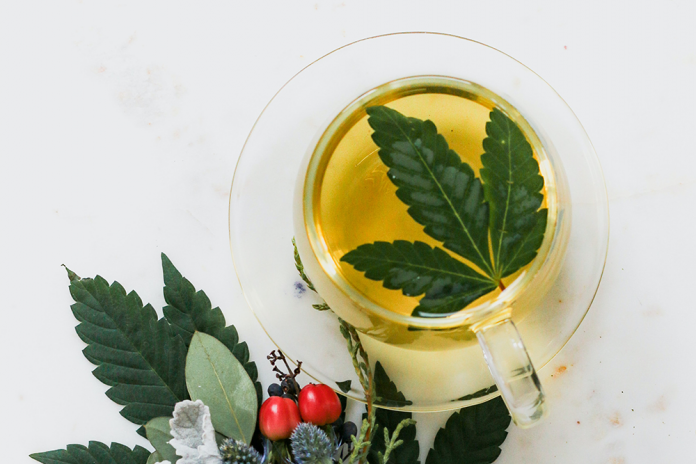Tea has its roots in several ancient cultures. Revered for its therapeutic properties and the laborious process involved in growing, harvesting and processing high-quality leaves, tea was considered by many societies a sort of sacred beverage.
Today, though the average consumer may not be aware of tea’s rich history and cultural significance, most of us are still drinking it for the same reasons – to improve our sense of wellbeing.
Here’s a look at three distinct tea cultures from around the world, and how they shaped the way we enjoy our brews today.
The ‘Tea Art’ of China
Stories about the discovery of tea vary depending on who you ask, but we know that the Chinese have been drinking tea leaves since at least the 600s. Tea was believed to be medicinal, and was so central to daily life that an old Chinese proverb includes tea in a list of seven essential ingredients to be gathered each morning, along with firewood, rice, oil, salt, soy and vinegar. [1]
Tea has traditionally served three primary purposes in Chinese society: to improve wellness; to recognize status; and to bring people together.
Offering and drinking tea together is a sign of respect. “Tribute tea” was specifically reserved for and presented to the Emperor in official ceremonies. Some high-quality teas were to be drunk only by members of the upper class. [2]
But tea still had a place in the life of the average citizen — it’s said that no Chinese family, regardless of social status, was without a tea set. It was customary to serve guests a cup of tea as a way to welcome them into the home, and younger people always served tea to their elders first as a sign of respect. [1]
But tea was more than a linchpin of social customs. It was meant to act as a medium through which people could become closer to nature.
The tedious but rewarding process of tea production (harvesting, drying, roasting, packing and preparing) should be honored by drinking the tea in a beautiful and quiet setting, such as out in nature, which would create a spiritual connection to the environment.
This prescription for tea drinking is referred to as the ‘art’ of tea, and could help consumers achieve a sense of calm and renewed energy. Taking the time to appreciate the complex qualities of tea — and all the time an energy that went into it — is a central aspect of Chinese tea culture. [3]
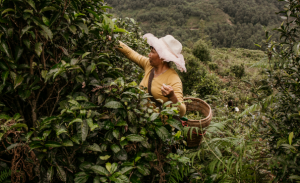
Tea Ceremonies of Japan
Japan’s tea culture is heavily influenced by China. Tea was brought to Japan from China in the 8th century, and was primarily consumed by priests and the upper class, primarily for its health benefits. It took a few hundred years, but eventually tea drinking trickled down through the masses, and became a common activity among all social classes.
In the 16th century, informal tea parties evolved into tea ceremonies — dignified affairs that can span several hours and multiple courses. The traditional Japanese tea ceremony took place in a teahouse situated in a simple garden, designed to be peaceful and free of distraction.[4]
Before entering the tearoom, guests wash their hands in a stone basin, and each bows to their host as they enter.
Once guests take their seats, the host begins preparing a pot of green tea using matcha powder whisked with boiling water. The tea is passed in a bowl among the guests, who each take only a few sips. Simple tea ceremonies might only feature two teapots and a plate of sweets, but longer versions revolve around kaiseki — a multi-course tasting menu. [4]
The tea ceremony is meant to symbolize the balance between simplicity and materialism, quiet and business. It represents a chance to reconnect with one’s spirituality. Tourists can still enjoy this experience in tea rooms all around Japan, but most modern citizens drink tea in simpler and less formal fashion. [5]
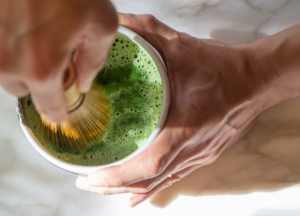
The Chai Stalls of India
The staple of Indian tea culture is not necessarily tea at all — let’s talk about the sweet-spicy concoction of chai.
Though this popular drink sometimes uses black tea as its base, traditional recipes use only a mix of ginger, cardamom, cinnamon, star anise, cloves, and sometimes black peppercorn. The spices are brewed with milk and usually sweetened with a bit of sugar.
Much like in Traditional Chinese Medicine, Ayurvedic medicine posited that this blend of spices could help dispel illness. But, just as in Chinese culture, tea took on a much larger role as an anchor in everyday social interactions. [6]
Chai stalls in India were the original Starbucks — the “third space” where people could gather and discuss the news of the day over a hot cup. Though tea shops have replaced some stalls and stylish tumblers have supplanted traditional clay teacups, chai remains at the center of the social scene. Even at home, chai is not meant to be drunk alone. As a sign of hospitality, a fresh batch is brewed and shared with visitors. [7]
Britain’s High Tea
When traders in the East India Company began bringing tea back from their travels in the 1600s, the British quickly developed their own tea traditions. [1]
It became customary to take a mid-afternoon break for some tea, scones and cucumber sandwiches to stave off hunger and gather energy for the rest of the workday. [8]
The British modeled their tea drinking after Indian culture more so than Chinese culture, Assam tea is the base for many English Breakfast and Earl Grey blends, and some even incorporate a touch of ginger and cardamom as well. It’s also customary to add a bit of milk.
Afternoon tea soon became an important part of social life. Hosts would break out their finest China for the occasion, and guests savored their tea break as an opportunity to socialize. For the working classes, “high tea” took the place of afternoon tea. High tea consisted of heartier food, stronger brews and less idle chat, but nonetheless was a valued chance to reconnect and recharge. [1]
Today, afternoon tea is much less formal. Tea breaks are more likely to happen at cafeteria tables and kitchen counters, but are still considered an integral part of the average Brit’s day.
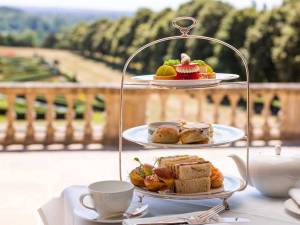
What Does Tea Symbolize?
From these disparate tea cultures, there are a few common themes that resonate with the tea drinkers of today.
For the Chinese, Indians and Brits, tea was a way to bring people together. It was a shared experience and a chance to connect with other people. To this day, the people of Morocco serve mint tea as a sign of hospitality.
It was also valued as a health booster — a hand-me-down remedy for a range of ailments that has only added to the rich history of tea.
In all of these cultures, tea also signaled a time to slow down. Whether you drink your cup in the serenity of nature, a bustling chai cafe, or a friend’s parlor room, drinking tea was a chance to take a break, enjoy your surroundings and your company, and reconnect with the important things in life.
How do you Properly Drink Tea?
Today, health benefits remain a top motivator for many tea drinkers who enjoy many types of tea. We all want those antioxidants! But we may have lost the connection with tea’s purpose as a time to savor and socialize.
That doesn’t mean that every cup of tea needs to be a two-hour time commitment. Even if a busy schedule demands tea on-the-go, simply taking a moment to recognize its rich history and appreciate all that tea can do can make each cup a little more enjoyable.
Whether you prefer your tea leaves in hot water or as iced tea, take a second to slow down and savor every sip! And if you want more details on how to actually brew the perfect pot, check out our guide right here!
